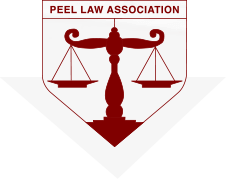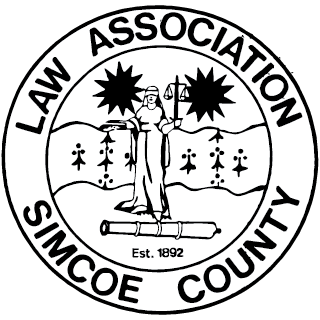You know that when a relationship ends, property gets divided up. But does it always have to be a 50/50 split?
Section 5 of Ontario’s Family Law Act (FLA) deals with the equalization of net family properties upon the breakdown of a relationship. The general rule for the division of property is set out in subsection 5(1):
- (1) When a divorce is granted or a marriage is declared a nullity, or when the spouses are separated and there is no reasonable prospect that they will resume cohabitation, the spouse whose net family property is the lesser of the two net family properties is entitled to one-half the difference between them. R.S.O. 1990, c. F.3, s. 5 (1).
Sometimes, however, one spouse may be awarded an amount that is more or less than half the difference between the net family properties.
When would this type of unequal division be awarded by a court?
Subsection 5(6) of the FLA provides that the court can award an unequal amount if it is of the opinion that equalizing the net family properties would be unconscionable. In making that determination, the Court will consider the following factors, if applicable:
(a) a spouse’s failure to disclose to the other spouse debts or other liabilities existing at the date of the marriage;
(b) the fact that debts or other liabilities claimed in reduction of a spouse’s net family property were incurred recklessly or in bad faith;
(c) the part of a spouse’s net family property that consists of gifts made by the other spouse;
(d) a spouse’s intentional or reckless depletion of his or her net family property;
(e) the fact that the amount a spouse would otherwise receive under subsection (1), (2) or (3) is disproportionately large in relation to a period of cohabitation that is less than five years;
(f) the fact that one spouse has incurred a disproportionately larger amount of debts or other liabilities than the other spouse for the support of the family;
(g) a written agreement between the spouses that is not a domestic contract; or
(h) any other circumstance relating to the acquisition, disposition, preservation, maintenance or improvement of property.
The Test for Unconscionability
The test for unconscionability is a high one. A party must show that an unequal division would “shock the conscience of the court”: Serra v. Serra, at para. 47. Circumstances which are “unfair”, “harsh” or “unjust” alone do not meet the test.
An example of a successful application for an unequal division of net family property can be found in the recent decision of the Ontario Superior Court of Justice: Williamson v. Williamson. In this case, the court found that the husband had recklessly eroded the equity in the matrimonial home by increasing his and his wife’s joint line of credit (which was secured by the jointly-owned matrimonial home) by almost $399,000 after the parties had separated. There was no accounting by the husband as to what he did with this money, and he had failed to comply with court orders for financial disclosure. The court concluded that it would have been unconscionable to equalize the parties’ net family properties given the husband’s reckless financial conduct. The equalization payment owed to the wife by the husband was increased by $199,500 to address this inequity.
If you would like to understand more about equalization of net family property, or you have questions about any other family law issue, call Gelman & Associates at (416) 736-0200 or 1-844-742-0200 or contact us online for a confidential initial consultation.













